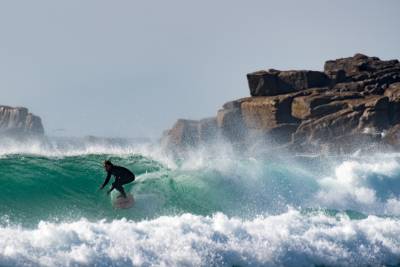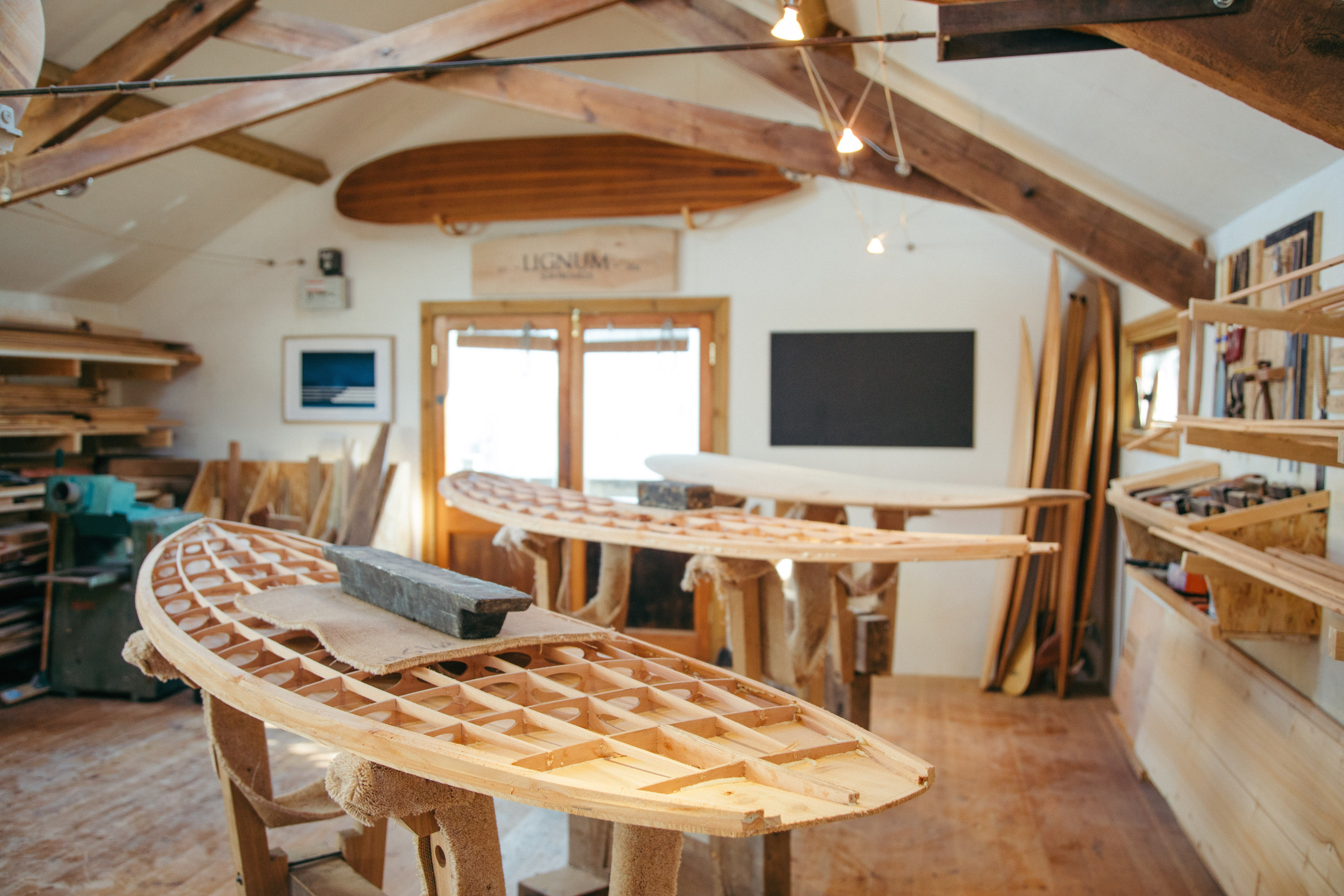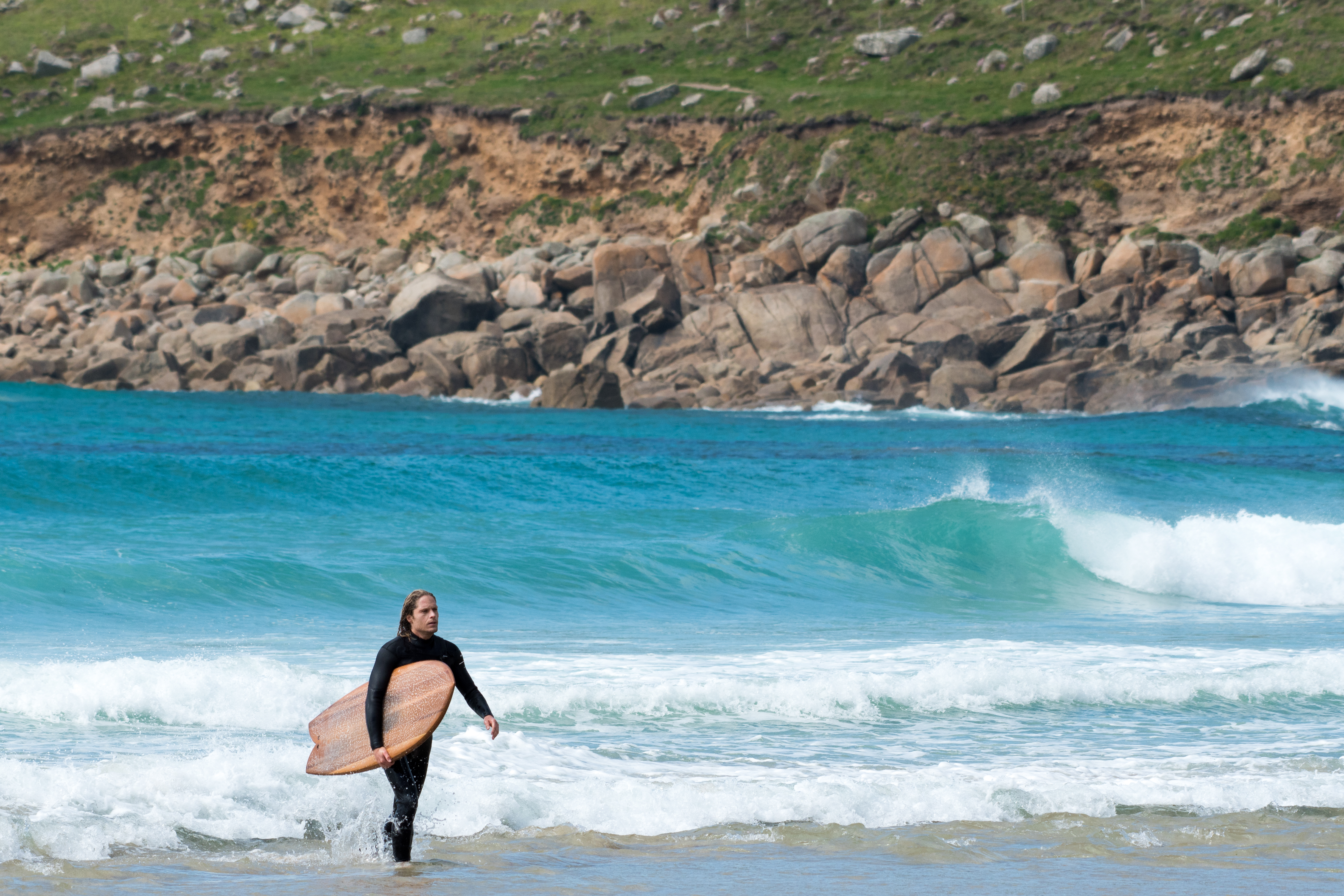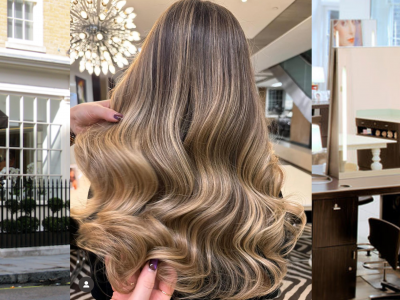It was a shared love of the sea that brought the founders of Lignum Surfboards together. Alen Van Rooyen, a traditional boat builder, and Harry Robinson, a captain and professional sailor, met in 2012 when Robinson set up shop in Van Rooyen’s Devon-based atelier. Both keen surfers, they discovered they both harboured an ambition to create handmade wooden surfboards. “It started as a bit of a hobby,” admits Van Rooyen.
New Wave: how Lignum’s wooden surfboards are true feats of engineering
30th August 2018
Blending traditional carpentry with new technology, Lignum's custom-made, eco-friendly, British-wood surfboards are true feats of engineering
Blending the precision of new technology with traditional carpentry techniques, the boards are an exquisite feat of engineering. Taking four to six weeks to create, each one is a bespoke creation, made to fit the specifications of each client. “We start by figuring out whether they surf short radical waves or have a more relaxed style and would prefer to ride a long board,” says Van Rooyen. “We also ask them where they usually surf and to describe the wave to us so we can tweak the boards accordingly”.
With short boards measuring between 5-6ft and long boards upwards of 9ft, even minute adjustments make the world of difference in terms of manoeuvrability. This level of precision that has taken the pair years to perfect. “The first one we made looks like a dinosaur,” admits Van Rooyen. “The main issue with wooden boards is that they are really heavy. But we’ve spent a lot of time doing research and development and we’ve made the boards lighter and lighter, really pushing the boundaries of the materials and the wood that we use.”
The boards are designed via computer to realise the exact measurements required for each client. Once approved, the required timber for the framework is then cut to size with the aid of a CNC machine. “At this stage, it’s like a backbone and ribs that need slotting together to make the soul of the board,” explains Van Rooyen. From there, the wooden pieces are assembled by hand before the board’s exterior skins are fitted on to the frame, before shaping the board and fitting its rails. “We then send them down the road to be glassed,” says Van Rooyen, describing the final step of the process whereby the boards are covered with a layer of fibreglass to make them completely watertight.
Ensuring the materials used are as sustainable and eco-friendly as possible, Van Rooyen and Robinson have gone to great lengths to source them locally. “Our boards are predominantly made from English-grown western red cedar with decorative strips of ash and walnut. Most of it comes from within a 30-mile radius of our workshop,” says Van Rooyen. “We try and keep everything as close as possible to minimise the amount of damage we do to the environment,” he adds. It is an eco-friendly attitude that extends to every part of the business, right down to using a less toxic, bio-based epoxy to cover their boards.
Encouraging customers to enjoy the crafting process, Van Rooyen and Robinson offer them the opportunity to build their own board. The monthly course, which is run from Lignum’s Devon atelier, lasts five days and can accommodate up to three people. The duo also occasionally give surfboards to lucky friends and professionals to test in exchange for feedback. “Our boards are built to last a lifetime, but if something should happen due to the way it was built, we will fix it free of charge anytime.”
Prices start from £1,500 for a short board, lignumsurf.co.uk








